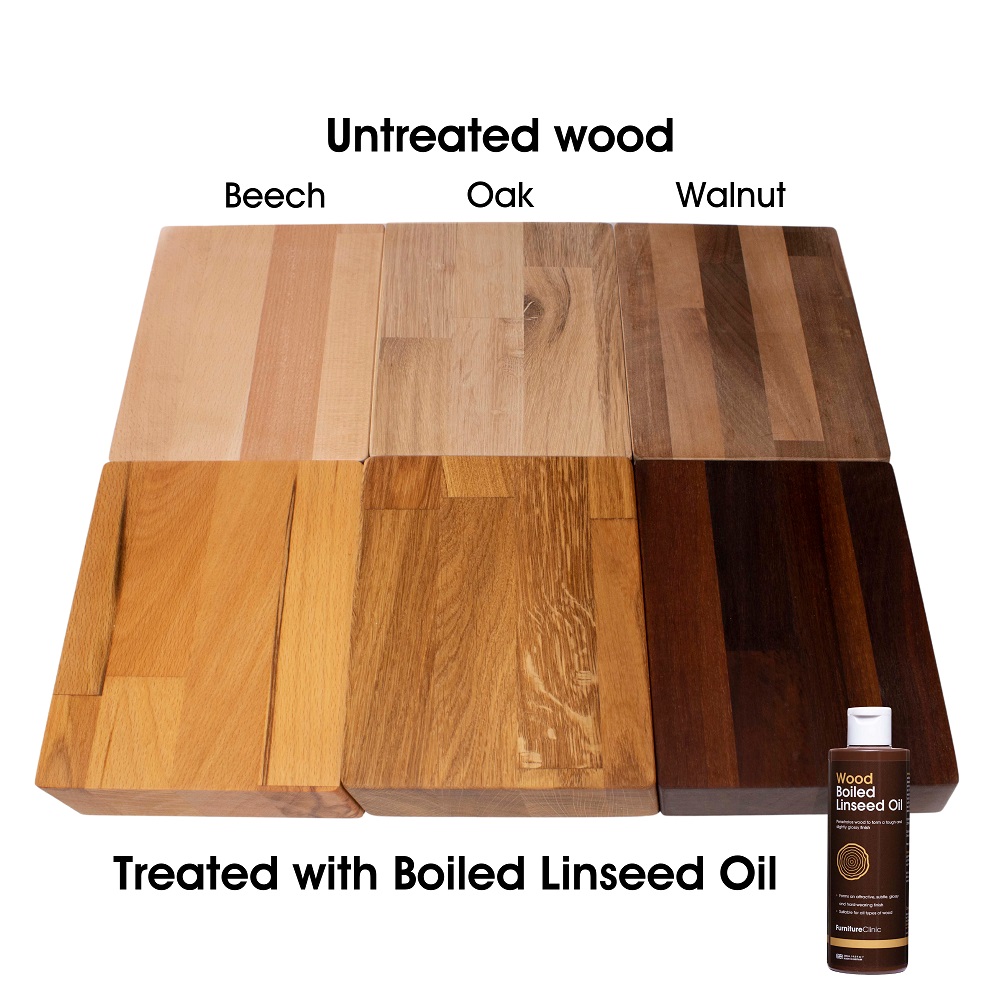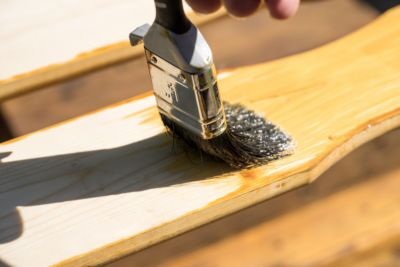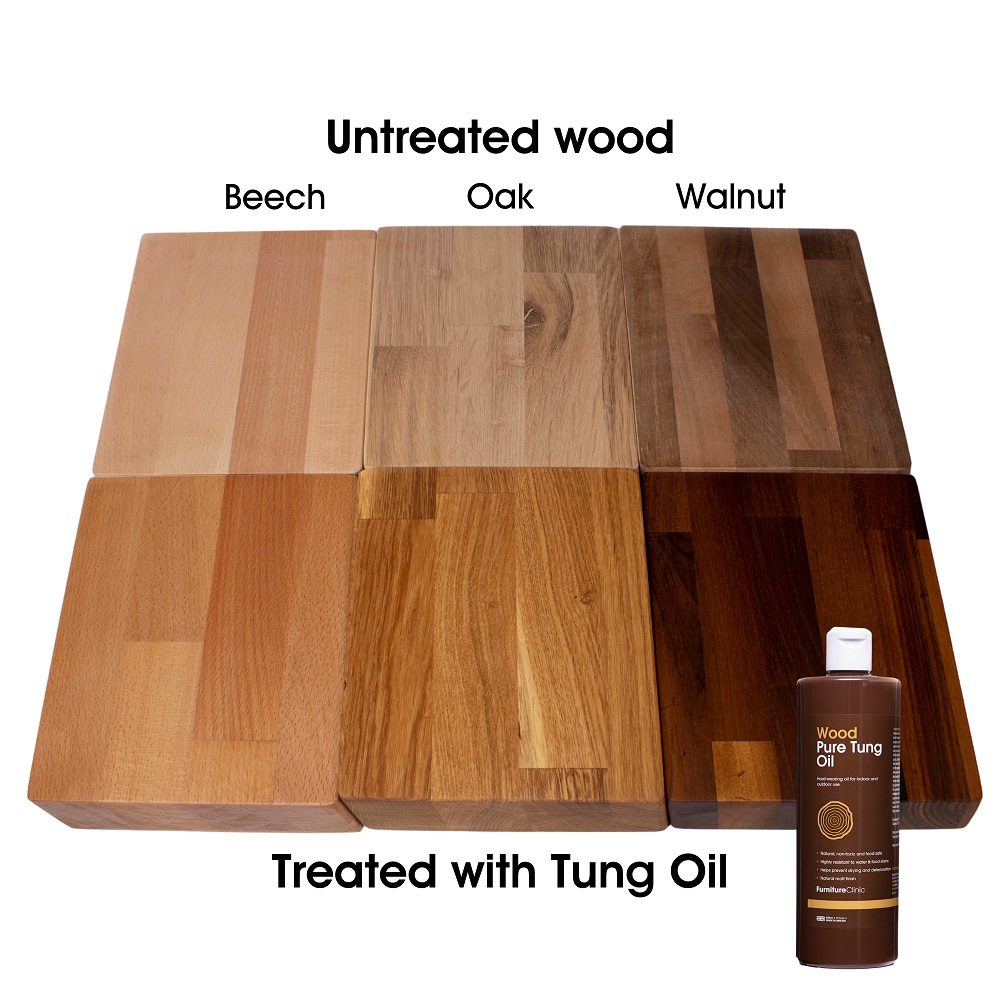Imagine the satisfaction of transforming a dull piece of wood into a masterpiece. You have the power to breathe new life into your furniture, floors, or even that beloved deck in your backyard.
But the decision you face—linseed oil or stain—can determine the outcome of your project. Which one truly enhances the beauty and longevity of your wood surfaces? As you stand on the brink of this choice, it’s important to understand how each option impacts the look and feel of your wood.
Your decision will affect not only the aesthetic but also the durability and maintenance required over time. Dive into the world of linseed oil versus stain, and discover which option aligns perfectly with your vision and needs. Let’s explore the unique benefits of each and help you make an informed choice that you’ll be proud of for years to come.
Benefits Of Linseed Oil
Linseed oil gives wood a warm, natural look. It enhances the grain and brings out the beauty. Wood looks more alive and rich. Perfect for those who love a natural feel.
Linseed oil makes wood stronger. It offers good protection against water. Helps keep wood from cracking or warping. With it, wood stays safe and lasts longer.
Using linseed oil is simple. No need for special tools. Just a cloth or brush. Easy to apply and spread. Even beginners can use it without trouble.

Advantages Of Wood Stain
Wood stain offers many colors. You can choose from light to dark shades. Stains can match any style. This means you can pick a color that suits your home. Colors can make wood look new. They add vibrancy and depth to the wood.
Stains can highlight wood grain beautifully. They make patterns pop. The wood looks more natural and rich. You see the fine details of the wood. This makes furniture and floors look elegant. Stains make the wood stand out.
Wood stain dries fast. You don’t have to wait long. This means you can finish projects quickly. A fast drying time saves time. It allows you to use your furniture sooner. This is great for busy people.
Comparing Application Methods
Good surface preparation is key. Wood must be clean and smooth. Remove dirt and old paint. Sand surfaces for linseed oil. Stain needs clean wood too. Dust off well.
Linseed oil requires a brush or a rag. Apply evenly in thin layers. Stain needs a brush or sponge. Work in small sections. Both need good technique.
Linseed oil takes time to dry. It needs patience. Stain dries faster. Both need effort to apply. Time and care give the best results.

Credit: www.furnitureclinic.com.cn
Environmental Impact
Linseed oil comes from flax seeds. This makes it a natural choice. It is biodegradable and does not harm the planet. Farmers grow flax plants without many chemicals. This helps the soil stay healthy. Linseed oil production uses less energy. It is a renewable resource. People like it for its eco-friendly benefits.
Many wood stains have synthetic chemicals. These can be bad for nature. Some stains release volatile organic compounds (VOCs). VOCs pollute the air. They can hurt plants and animals. Not all stains are the same. Some have fewer harmful chemicals. But many still affect the environment negatively.
Choosing eco-friendly products helps the earth. Water-based stains are better for nature. They have fewer VOCs. Look for labels that say “low VOC.” Naturally derived stains use plant-based ingredients. These are safer for the planet. Consider using waxes or oils like linseed. These are good for wood and the environment.
Cost Considerations
The initial cost of linseed oil is often lower than stain. Linseed oil is a natural product and can be cheaper. Stains can be more expensive due to chemicals. Some stains need extra products for application. Linseed oil is just the oil. Buying linseed oil is easy. It is available in many stores. Stains might need specific brands. This can increase costs.
Linseed oil needs regular reapplication. This keeps the wood protected. Stains might last longer without reapplication. This means less work over time. Linseed oil can fade or wear off. Stains often provide stronger protection. This can save time and effort later. Choosing between them depends on how much time you have.
Stains can offer better protection for the cost. They can enhance the wood’s look. Linseed oil is cheaper but needs more care. This might increase costs over time. Stains can be a better investment. Decide based on what you need from the product. Linseed oil is simple and natural. Stains can be more durable. Each has its own value.
User Experiences
Professionals often suggest linseed oil for its natural look. It enhances wood grain beautifully. Stain offers various colors and finishes. Many choose it for diverse aesthetic choices. Woodworkers praise linseed oil for its easy application. Some find stain more versatile for different styles.
Experts recommend linseed oil for outdoor furniture. It protects against weather. Stain is preferred for indoor projects. It offers a polished finish. Linseed oil is often favored for its eco-friendly nature. Professionals suggest testing both on a small area first.
DIY fans love linseed oil for its simple use. Stain is favored for quick color changes. Many find linseed oil great for beginners. It requires less prep work. Stain can be tricky for first-timers. Some enthusiasts mix both for unique effects.
Linseed oil can take time to dry. This frustrates some users. Stain might need multiple coats for desired look. Both can darken wood over time. Users mention linseed oil sometimes attracts dust. Stain can be hard to remove if mistakes happen.
Making The Right Choice
Linseed oil is a natural option. It brings out the wood’s beauty. Stain offers color choices. It can change how the wood looks. Think about the project. Is natural beauty important? Or is color the main goal? Both have different effects. Choose based on what you need.
Some people love the look of natural wood. Others prefer a colorful finish. Linseed oil enhances the natural grain. Stain offers a range of colors. Consider what makes you happy. Do you like wood’s natural look? Or do you want a bold color? Decide based on your likes.
Think about the wood’s use. Is it indoors or outdoors? Linseed oil is great for indoor use. Stains can protect wood outside. Also, consider the maintenance needed. Linseed oil needs reapplication. Stain can last longer. Choose based on these factors.

Credit: www.realmilkpaint.com

Credit: www.furnitureclinic.co.uk
Frequently Asked Questions
Is Linseed Oil Better Than Stain?
Linseed oil and stain serve different purposes. Linseed oil enhances wood’s natural beauty and protects it. Stain adds color and may offer some protection. Choose linseed oil for a natural finish and stain for color. Your choice depends on desired aesthetics and wood protection needs.
What Are The Disadvantages Of Using Linseed Oil On Wood?
Linseed oil can take a long time to dry, attracting dust and dirt. It may also yellow over time, altering wood color. The oil can support mold growth in humid conditions. It requires frequent reapplication to maintain protection, increasing maintenance efforts.
Is It Better To Oil Or Stain Wood?
Oil enhances wood’s natural beauty and offers deep penetration. Stain provides color and surface protection. Choose based on desired aesthetics and protection level.
Is It Better To Oil Or Stain A Deck?
Oiling enhances wood’s natural look and penetrates deeply. Staining offers color options and surface protection. Choose based on preference and maintenance needs.
Conclusion
Choosing between linseed oil and stain depends on your needs. Linseed oil offers a natural finish, enhancing wood grain. It requires maintenance but is worth it for a rustic look. Stain provides color variety and protection. It’s more durable, needing less upkeep.
Both options have unique benefits. Consider your project’s purpose. Also, think about how much time you can invest in maintenance. Remember, the right choice enhances your wood’s beauty. Make an informed decision. Your wood project will thank you for it.

